Birth of Cheyenne
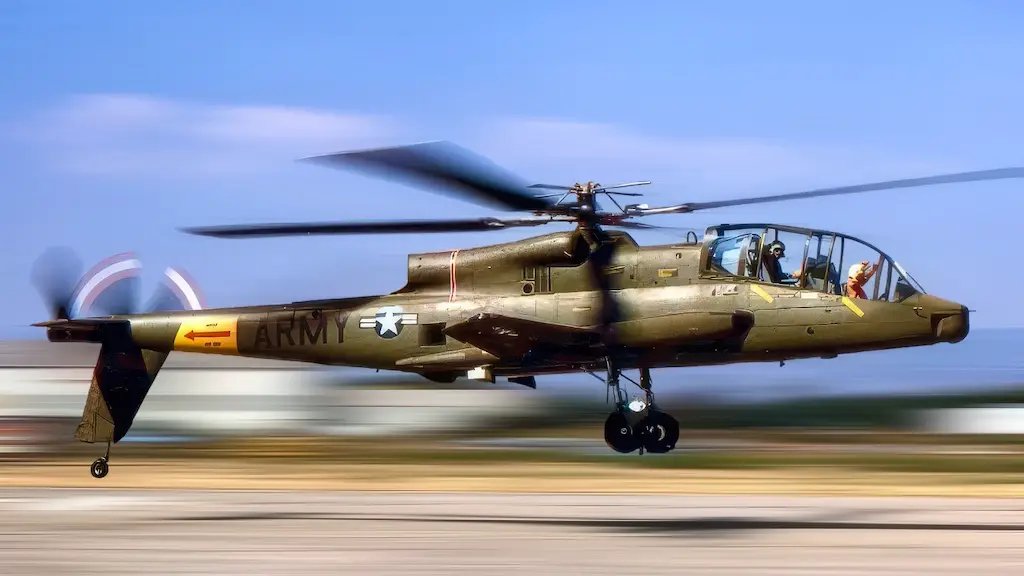
The Lockheed AH-56 Cheyenne was a cutting-edge attack helicopter designed in the mid-1960s, a time when the United States was heavily involved in the Vietnam War. As the need for advanced air support grew, the US Army sought a capable, high-performance helicopter to replace the aging Bell AH-1 Cobra. In response, Lockheed Corporation submitted their ambitious AH-56 Cheyenne proposal in 1966, which featured a rigid rotor system, a pusher propeller, and a jet turbine engine for impressive speed and agility.
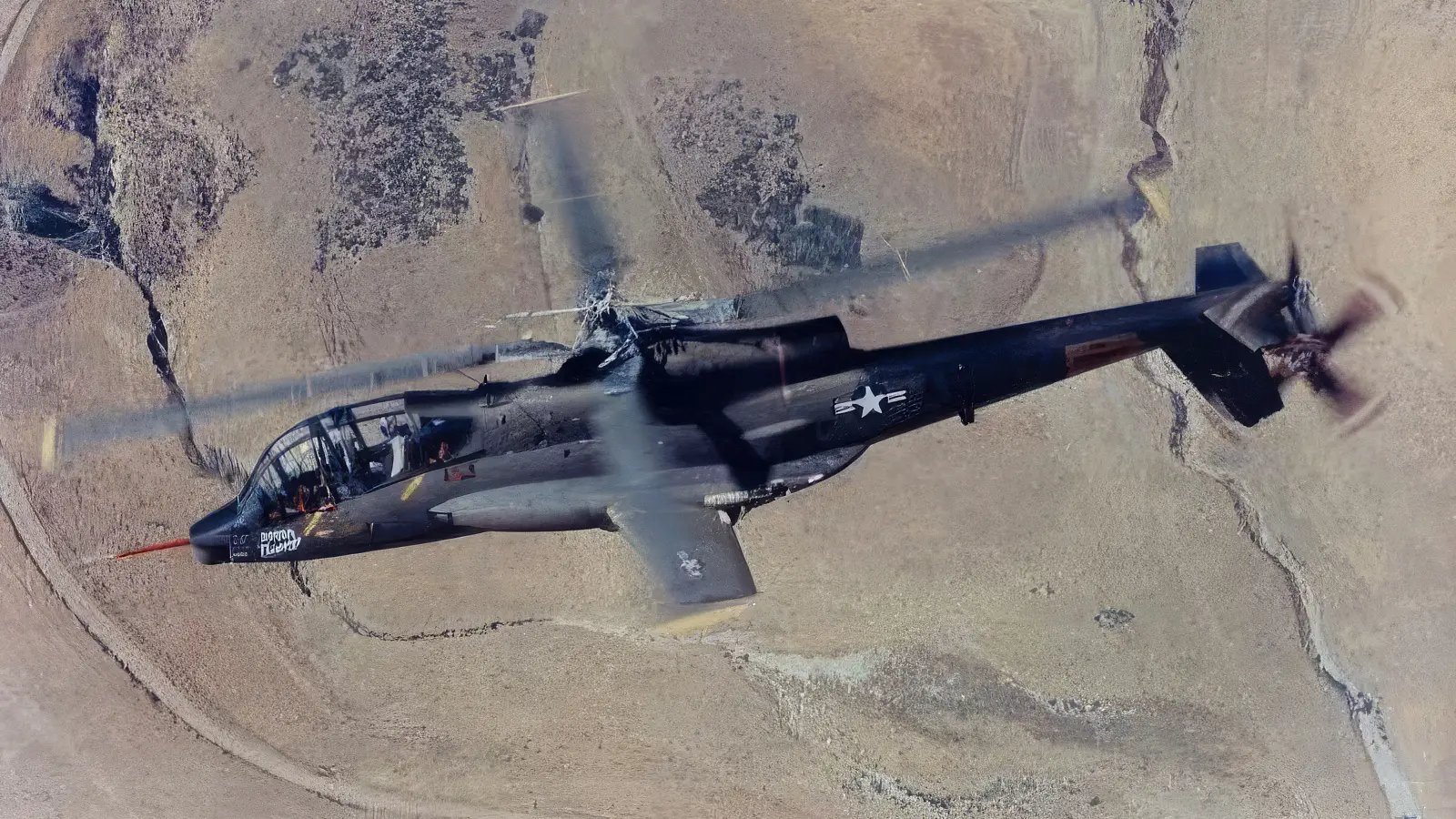
Pioneering Design
The Cheyenne stood out among its contemporaries with its futuristic design. The aircraft featured a four-bladed rigid rotor system that provided stability and reduced vibrations, allowing for smooth and agile flight. The helicopter was powered by a General Electric T64-GE-16 turboshaft engine, which generated over 3,400 shaft horsepower, granting it exceptional speed and acceleration. The pusher propeller at the rear of the fuselage enabled the Cheyenne to achieve speeds of up to 245 mph, significantly faster than other helicopters of the era.

Impressive Arsenal
The AH-56 Cheyenne boasted an array of advanced weaponry, including a nose-mounted 30mm XM140 automatic cannon and a belly turret housing a 7.62mm M134 minigun. For anti-tank purposes, the Cheyenne could carry up to twelve TOW (Tube-launched, Optically tracked, Wire-guided) missiles or Hellfire missiles. The aircraft’s advanced avionics allowed for impressive fire control, making it a formidable foe in the air.
Video: Lockheed AH-56 Cheyenne, possibly the best attack helicopter never made
Cancelation
Despite its groundbreaking design and capabilities, the Cheyenne project was fraught with setbacks. High development costs and continuous delays hindered the program, as did technical difficulties with the helicopter’s revolutionary rotor system. Moreover, interservice rivalry between the US Army and the US Air Force added fuel to the fire. The Air Force argued that the Cheyenne encroached upon their jurisdiction, leading to further tensions.
In 1972, the Department of Defense canceled the AH-56 Cheyenne program. The reasons for cancelling were multifaceted, including budget constraints, difficulties in development, and the Army’s decision to shift its focus to a more conventional helicopter design: the Hughes YAH-64 Apache.
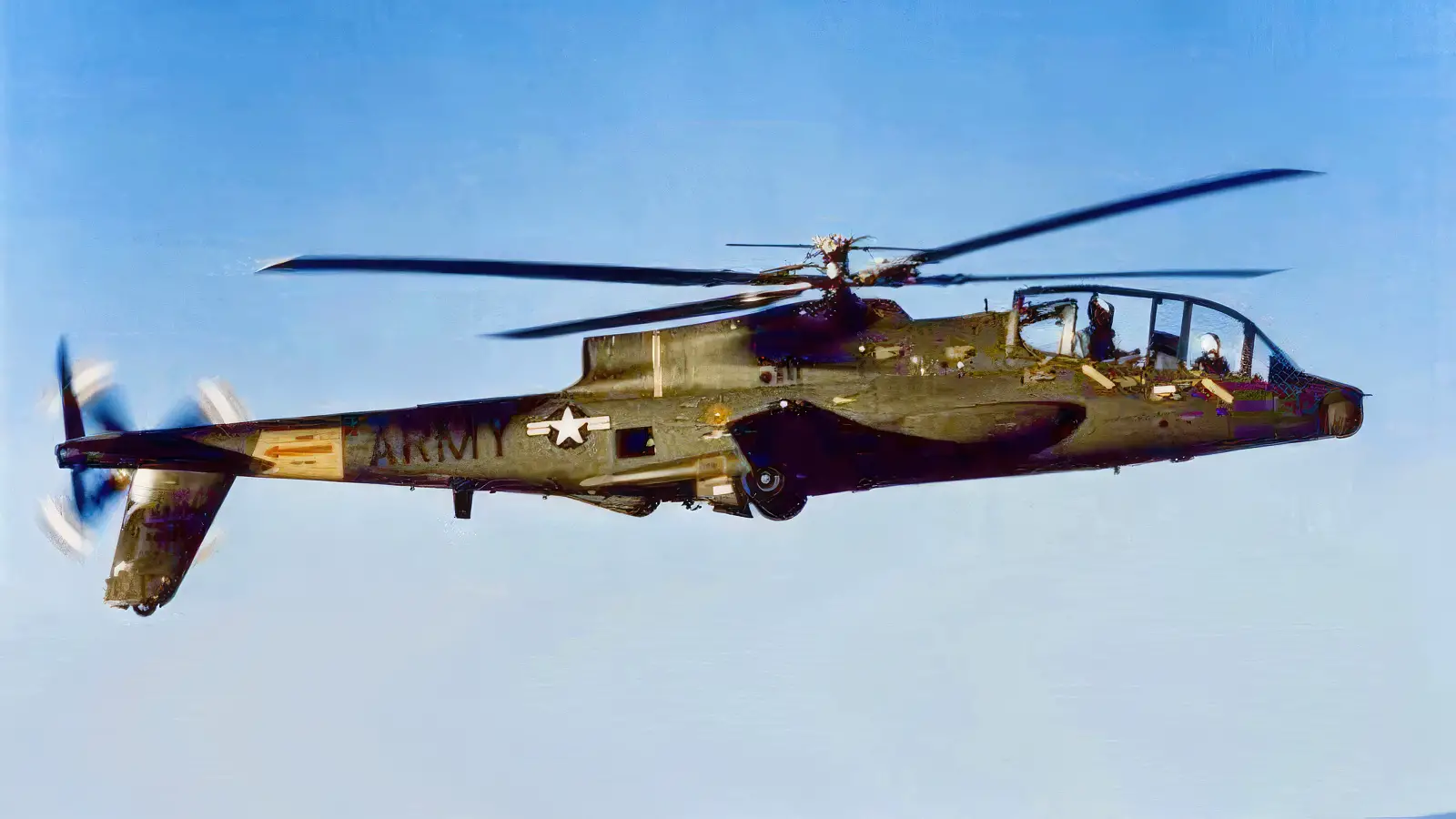
A Lingering Legacy
Despite never entering full-scale production, the AH-56 Cheyenne left an indelible mark on the world of helicopter design. Its innovative rigid rotor system, pusher propeller, and jet turbine engine laid the groundwork for future advancements in aviation technology. Moreover, its cutting-edge avionics and weapon systems influenced the development of subsequent attack helicopters, such as the AH-64 Apache and the Eurocopter Tiger.
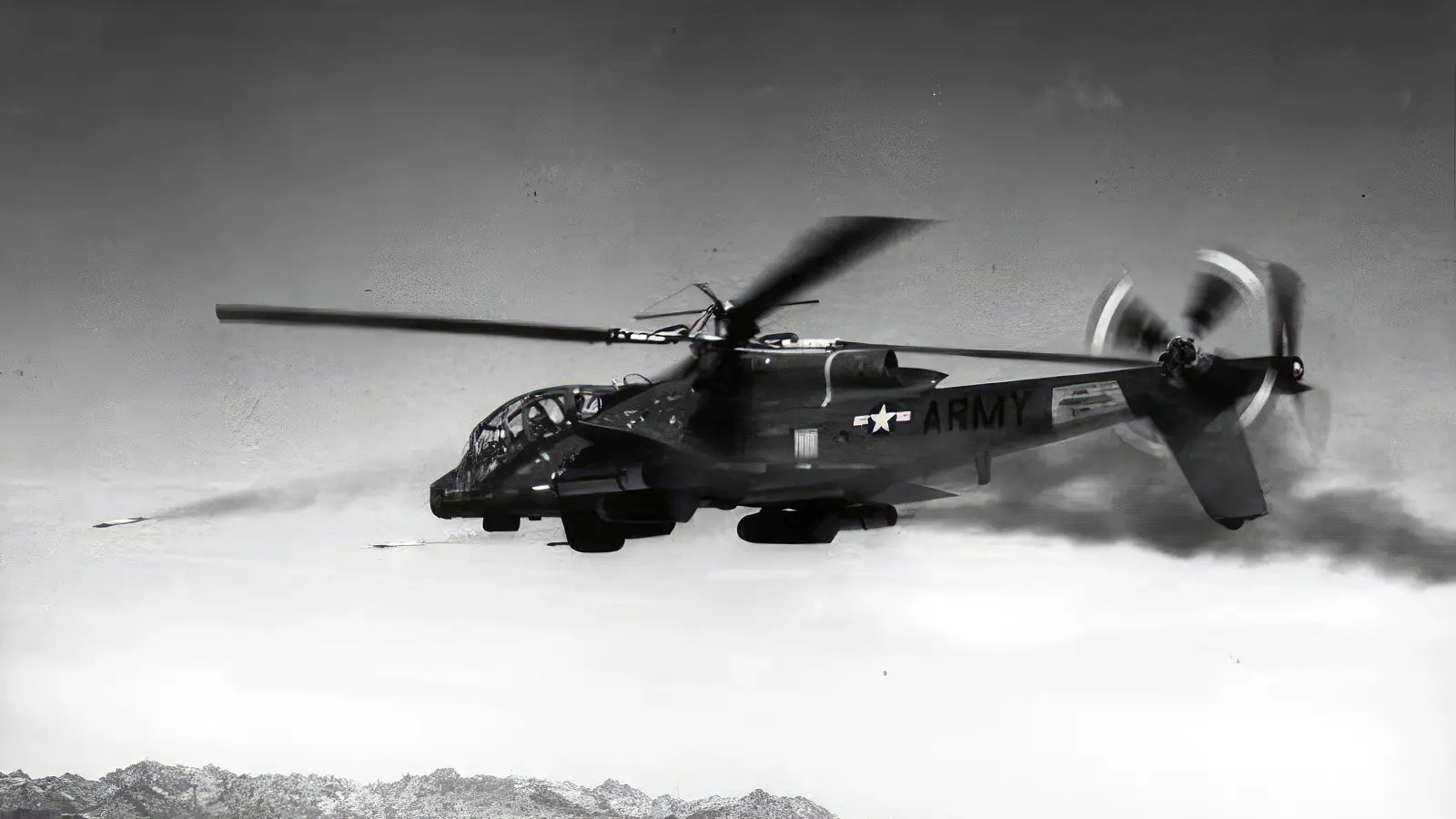
Cheyenne Revisited
In recent years, renewed interest in the Cheyenne has emerged, as some experts believe its cutting-edge design was ahead of its time. The aircraft’s speed, range, and agility still impress by today’s standards. The growing need for versatile and high-performance attack helicopters in modern warfare underscores the Cheyenne’s legacy, reminding us of the value of innovation and challenging conventional design.
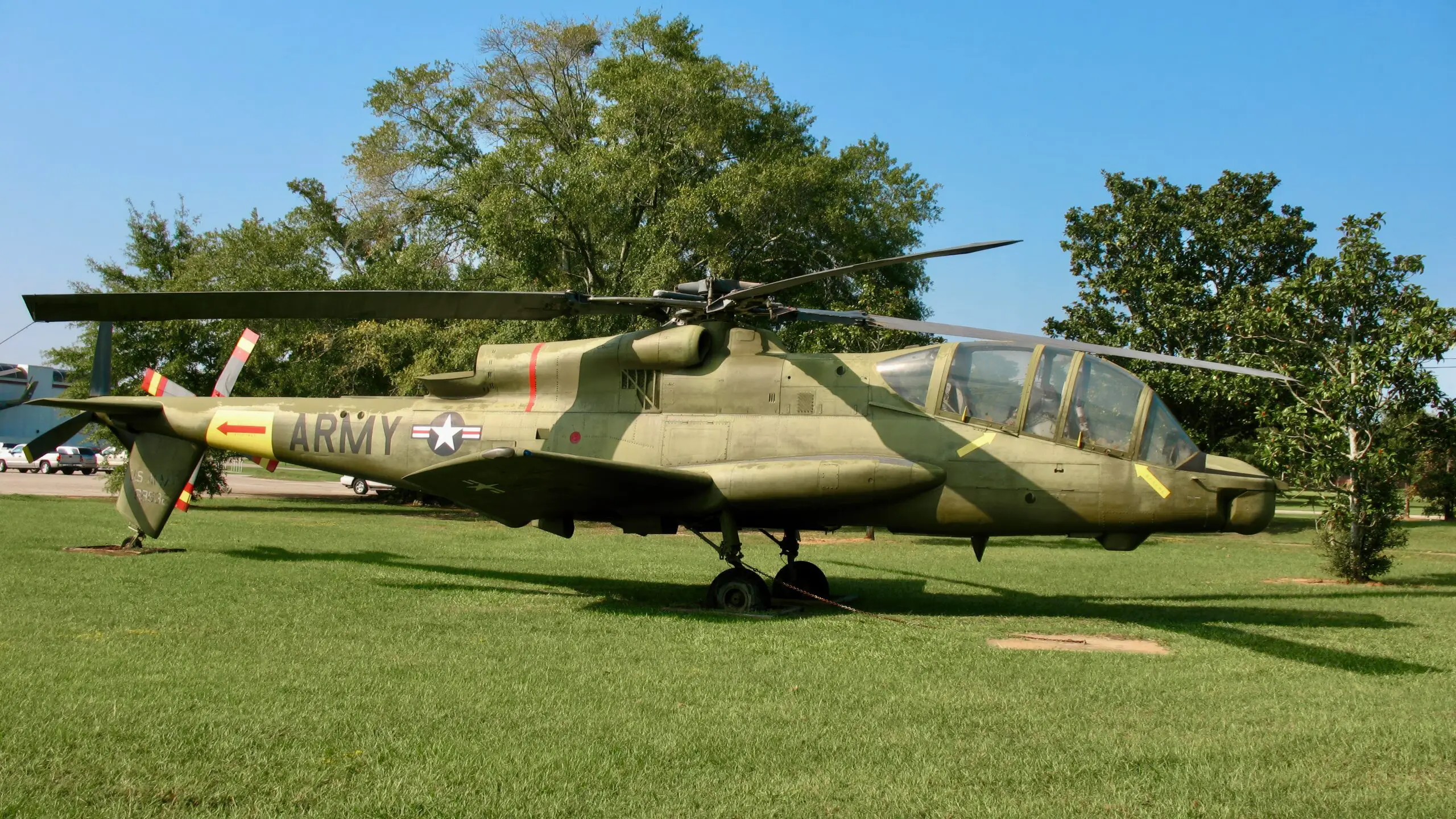
The Lockheed AH-56 Cheyenne, a groundbreaking helicopter, held the potential to revolutionize air support and attack capabilities. Although it never reached full-scale production, its innovative design and advanced features made a lasting impact on aviation, paving the way for future advancements in helicopter technology.
Source: jetsprops.com










